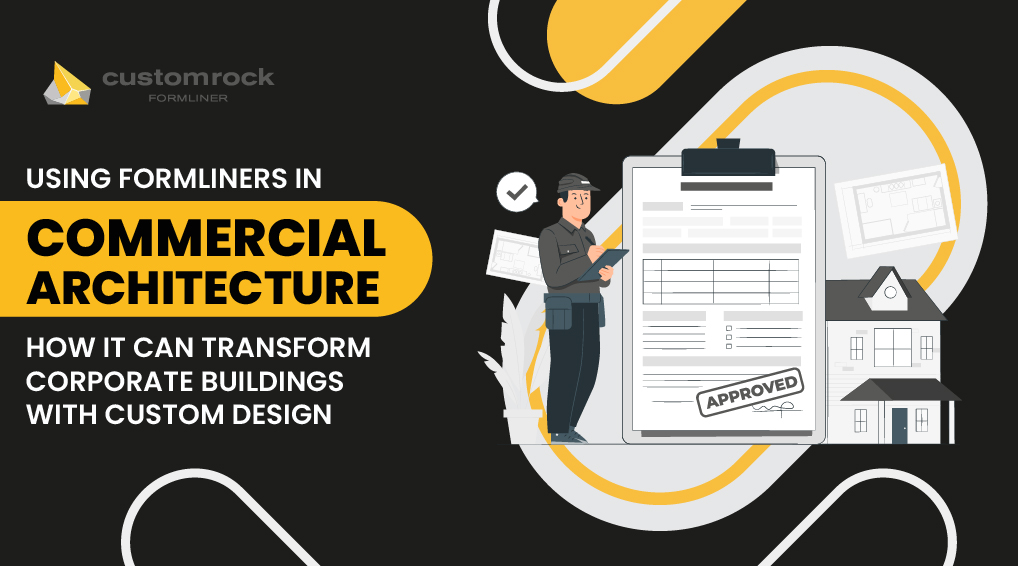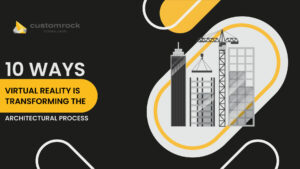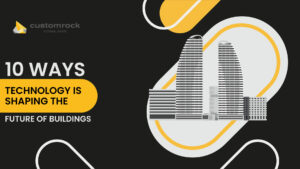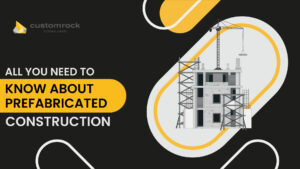TL; DR
Formliners have the potential to revolutionize corporate buildings as they offer customization, branding opportunities, and cost-effective solutions.
They allow architects and designers to create visually appealing and unique concrete surfaces that match corporate identities. They can also incorporate textures, patterns, and even cultural designs in architecture.
Formliners enhance aesthetics, sustainability, and durability while also providing flexibility and a competitive edge in a corporate landscape. They can transform mundane concrete structures into aesthetic buildings.
In this blog, we will explore how formliners can transform corporate buildings into stunning landscapes.
The Impact of Formliners in the Corporate World
Formliners are essential in the construction industry and are primarily used for creating decorative patterns and textures on concrete surfaces.
For architects involved in real estate development, construction, and architecture, formliners can significantly affect their projects’ outcomes. Here’s how:
Aesthetic Appeal
Formliners allow architects and designers to unleash their creativity by providing various options for customizing concrete surfaces.
Whether it’s replicating the appearance of natural stone, wood, or intricate geometric designs, formliners enable businesses to create visually appealing structures. The aesthetic appeal of a well-designed and executed concrete can help enhance a company’s brand image and reputation.
Branding and Identity
For corporate entities, their office architecture design serves as a reflection of their brand identity. Formliners offer an opportunity to incorporate logos, motifs, or specific patterns into concrete structures that can help reinforce a company’s brand image.
This branding element is particularly significant in sectors like retail, where building appearance can influence customer perception of the business.
Cost-Efficiency
Formliners can also be a cost-effective solution for achieving the desired project look. For instance, rather than using expensive natural stone cladding, corporations can opt for formliners that mimic the appearance of a natural stone. This will reduce construction costs while also maintaining a stunning visual appeal.
Sustainability
The corporate world is increasingly focused on sustainability, and formliners can align with these values.
Using formliners to create better concrete finishes can contribute to LEED (Leadership in Energy and Environmental Design) certification as it reduces the need for resource-intensive materials like wood or stone.
Maintenance and Durability
Formliners can enhance the longevity of concrete surfaces by providing additional protection against wear and tear. This is important for corporate spaces with high maintenance costs.
Formliners can create more durable and smoother surfaces that require little maintenance. Investing in formliners can help businesses save money in the long run.
Customization and Flexibility
In the corporate world, flexibility is critical. Formliners offer a high degree of customization which allows businesses to adapt their building designs to changing trends.
Whether it’s modifying the texture of a concrete façade to match evolving branding or renovating a space to meet new operational requirements; formliners can facilitate these changes with ease.
Competitive Advantage
In a competitive corporate landscape, differentiating from competitors can be challenging. However, the unique and visually appealing designs with the help of formliners can set a company apart from its competitors. This could also help the company gain a competitive edge when it comes to attracting customers, investors, and talent.
Versatility
Formliners are not limited to external façades. They can also be used for interior applications, such as creating decorative concrete walls, columns, and other features. This versatility allows businesses to maintain a consistent design theme throughout their building.
How Can Formliners Transform Corporate Buildings with Custom Design?
Formliners can transform corporate buildings with custom designs in numerous ways. They are typically used in the construction industry to create decorative concrete surfaces on building facades and other architectural elements.
You will find formliners available in various materials, including plastic, elastomeric, and fiberglass, and can be custom-designed to achieve specific designs. Here’s how formliners can make a difference in corporate building design:
Aesthetic Customization
Formliners offer architects and designers the ability to tailor the appearance of a corporate building’s exterior to meet specific aesthetic goals. This customization can encompass various elements:
- Matching Corporate Identity: Formliners can be designed to incorporate a company’s branding elements, such as logos, colors, and typography.
By doing so, the building’s exterior extends the company’s identity and reinforces brand recognition.
- Unique Textures: Custom formliners can create textures unique to the building’s design. This might involve the development of abstract or artistic textures that reflect the building’s purpose or the corporation’s values.
For instance, a technology company might choose a futuristic texture to convey innovation.
- Patterns and Motifs: Designers can use formliners to craft patterns or motifs that add visual interest to the building’s façade.
These patterns can range from geometric shapes to intricate designs and can help enhance the building’s overall aesthetic appeal.
- Color Integration: While formliners may not provide color, they can be combined with various coloring techniques.
These include stained concrete or paint, to achieve the desired color palette that aligns with the corporate image.
Texture and Pattern
Formliners excel at creating diverse textures and patterns on concrete surfaces. This can be beneficial for several reasons:
- Depth and Dimension: Plain concrete walls can appear monotonous. Formliners can introduce depth and dimension, making the building’s exterior more visually engaging. For example, a formliner mimicking the texture of natural stone can make a building look more inviting.
- Mimicking Materials: Formliners can replicate the appearance of various materials like wood, stone, or brick. This is an economical way to achieve the look of these materials without the associated costs and maintenance challenges.
- Custom Themes: Formliners can be customized to align with specific design themes of any corporate structure.
Branding Opportunities
Formliners offer a unique canvas for showcasing a corporation’s brand identity:
- Logo Integration: Corporate logos and branding elements can be directly integrated into the formliner design.
This creates a strong visual connection between the building and the brand which can reinforce brand recognition and leave a memorable impression.
- Consistency: By incorporating branding into the building’s exterior, a corporation can maintain design consistency across the space.
Artistic Expression
For artistic and culturally significant corporate buildings, formliners enable architects to express unique and meaningful concepts:
- Intricate Designs: Architects can use custom formliners to create intricate and artistic designs that tell a story or convey a message. These designs can reflect the corporation’s history, values, or local culture.
- Cultural Significance: For buildings with cultural importance, formliners can be used to pay homage to specific traditions or themes. This can help foster a sense of identity and community.
- Public Art: In some cases, formliners can transform a corporate building into a public art piece. This can enhance the cultural landscape of the surrounding area.
Thus, formliners offer a versatile toolkit for architects and designers to achieve a wide range of architectural goals. This versatility makes formliners valuable in architectural design and corporate buildings.








